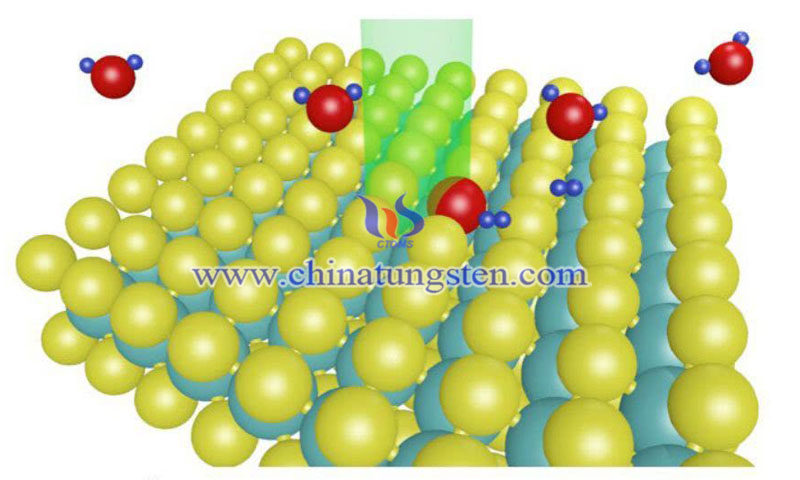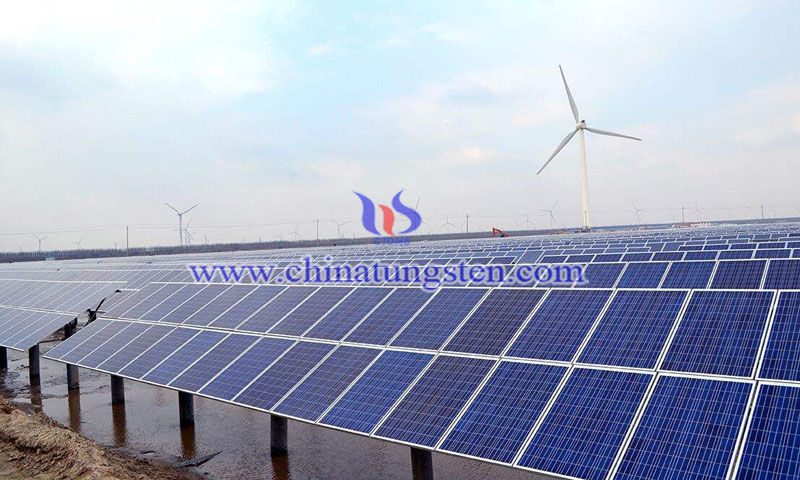MoS2 Can Improve the Performance of Solar Cells
- Details
- Category: Tungsten's News
- Published on Thursday, 25 July 2019 10:07
Scientists at the University of Kansas say adding a layer of two-dimensional semiconductor molybdenum disulfide (MoS2) can greatly improve the performance of organic solar cells. The research can also provide information for the design of interface between layers in hybrid organic batteries.

A team of scientists at the University of Kansas has found that combining organic semiconductor zinc phthalocyanine with a single layer of molybdenum disulfide atoms can greatly improve the performance of materials used as solar cells.
Using photoelectron spectroscopy equipment, the team was able to observe the behavior of electrons in the material. This has led to several discoveries about the interface between the two materials, which researchers say will enable them to identify new directions for the study of organic solar cells and two-dimensional semiconductors.
"As long as electrons can be transferred from one material to another in a relatively short time - less than a trillionth of a second, free electrons can be generated from the interface," Wai-Lun Chan said, associate professor of physics and astronomy, University of Kansas. "However, my graduate students and I have found that ultrafast electron transfer itself is not sufficient to ensure that light absorption produces free electrons. This is because "holes" prevent electrons from moving away from the interface. Whether electrons can break away from this binding force depends on the local energy landscape near the interface. "
Researchers say their findings will help further research to develop design principles for hybrid organic photovoltaic cells. "These detailed measurements enable us to reconstruct the trajectory of electrons and determine the conditions under which free electrons can be produced effectively," said Zhao Hui, professor of physics and astronomy at the University of Kansas and co-author of the paper.

| Molybdenum Supplier: Chinatungsten Online www.molybdenum.com.cn | Tel.: 86 592 5129696; Fax: 86 592 5129797;Email:sales@chinatungsten.com |
| Tungsten News & Prices, 3G Version: http://3g.chinatungsten.com | Molybdenum News & Molybdenum Price: http://news.molybdenum.com.cn |



 sales@chinatungsten.com
sales@chinatungsten.com